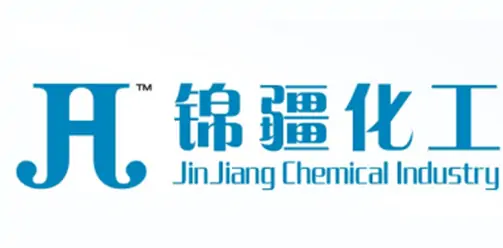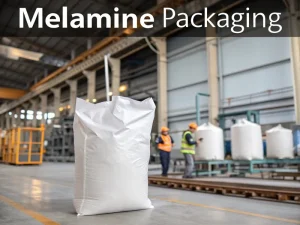
High Pressure Nelamine Use For Melamine Tableware Advantage
Tech Blog High Pressure melamine Use For Melamine Tableware Melamine tableware has become a staple for households, restaurants, and catering services worldwide due to its


Melamine powder (C₃H₆N₆) is a nitrogen-rich organic compound renowned for its unique chemical structure and versatile industrial applications. Originally synthesized in the 1830s, it has become a cornerstone of modern materials science. This article breaks down its defining properties, from molecular stability to environmental challenges.
Melamine’s molecular structure consists of a triazine ring (C₃N₃) with three amino groups (-NH₂) attached. This arrangement creates a rigid, hexagonal framework with strong covalent bonds, contributing to:
High Nitrogen Content (66%): Enhances flame retardancy by releasing inert gases when heated.
Cross-Linking Potential: Reacts with formaldehyde to form durable thermosetting resins (e.g., melamine formaldehyde).
| Property | Value/Range | Industrial Relevance |
|---|---|---|
| Appearance | White crystalline powder | Easy to process into resins and coatings |
| Density | 1.574 g/cm³ | Lightweight yet durable for composites |
| Melting Point | 345–347°C (decomposes) | Stable under moderate heat |
| Solubility | Insoluble in cold water, slightly soluble in hot water | Ideal for water-resistant products |
Melamine withstands temperatures up to 160°C without structural degradation. Above this threshold, it decomposes, releasing nitrogen gas (flame suppression) and trace formaldehyde. Additives like boron or silica enhance heat resistance in composites.
Acids and Bases: Resists weak acids (e.g., vinegar) and alkalis but degrades in strong sulfuric acid or sodium hydroxide.
Organic Solvents: Stable against alcohols, ketones, and oils, making it suitable for coatings and adhesives.
Melamine’s nitrogen-rich structure releases non-flammable gases (e.g., NH₃) when heated, reducing oxygen availability. Used in:
Textiles: Firefighter gear and upholstery.
Electronics: Flame-retardant casings for devices.
The combination of melamine’s chemical and physical properties makes it an ideal component in plastic production. Melamine formaldehyde plastic is used in various products, from kitchenware and tableware to electrical appliances. These plastics’ high heat resistance, hardness, and chemical resistance make them suitable for these applications.
For example, melamine-based kitchen utensils can withstand high-temperature cooking environments, and electrical components made of melamine formaldehyde plastic can provide reliable insulation and mechanical protection.
In the paper industry, melamine improves paper properties. It can be added to pulp or used as a surface treatment agent. Paper treated with melamine has enhanced water resistance, strength, and printability. This makes it suitable for food packaging paper, where waterproofing is crucial for protecting food from moisture, and high-quality printing paper, where improved printing adaptability ensures clear and sharp images.
Laminates: Scratch-resistant countertops and flooring.
Adhesives: Moisture-resistant bonds in plywood and particleboard.
Polymer Composites: Added to polypropylene (PP) or polyurethane (PU) foams to meet fire safety standards.
Construction Materials: Fireproof insulation panels.
Gas Purification: Melamine sponges absorb sulfur dioxide (SO₂) from industrial emissions.
Water Filters: Trap heavy metals and organic contaminants.
The properties of melamine, from its chemical structure driven reactivity to its excellent physical properties, make it an essential compound in modern industry. It can be used for various applications ranging from consumer goods to industrial components, which proves its versatility.
However, as with any chemical, proper handling and safety precautions are necessary, especially considering the potential release of formaldehyde in some melamine based products. With the continuous advancement of technology, further research on melamine and its applications may lead to the development of more innovative and sustainable products.

Tech Blog High Pressure melamine Use For Melamine Tableware Melamine tableware has become a staple for households, restaurants, and catering services worldwide due to its

Tech Blog Melamine packaging For manufacturers, inaccurate packaging not only fails to meet national standards but also increases labor costs and the risk of product

Tech Blog How to Detect Melamine in Textiles? Melamine powder, a nitrogen-containing heterocyclic compound, is widely used in flame-retardant textiles and plastic products due to

JINGJIANG MELAMINE POWDER
© JINJIANG MELAMINE